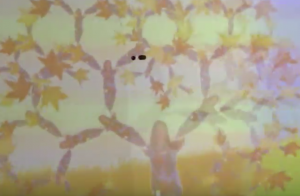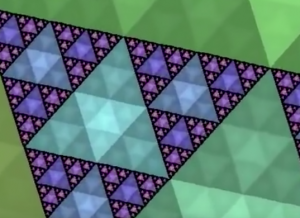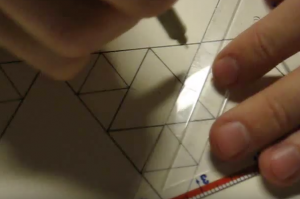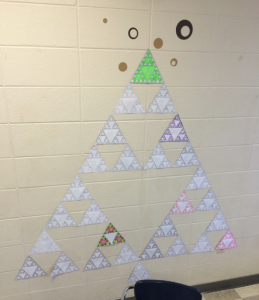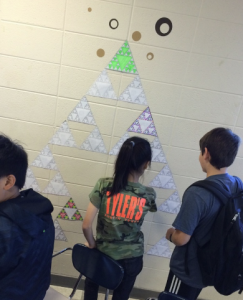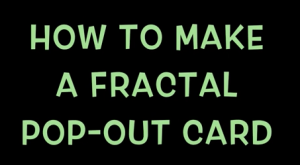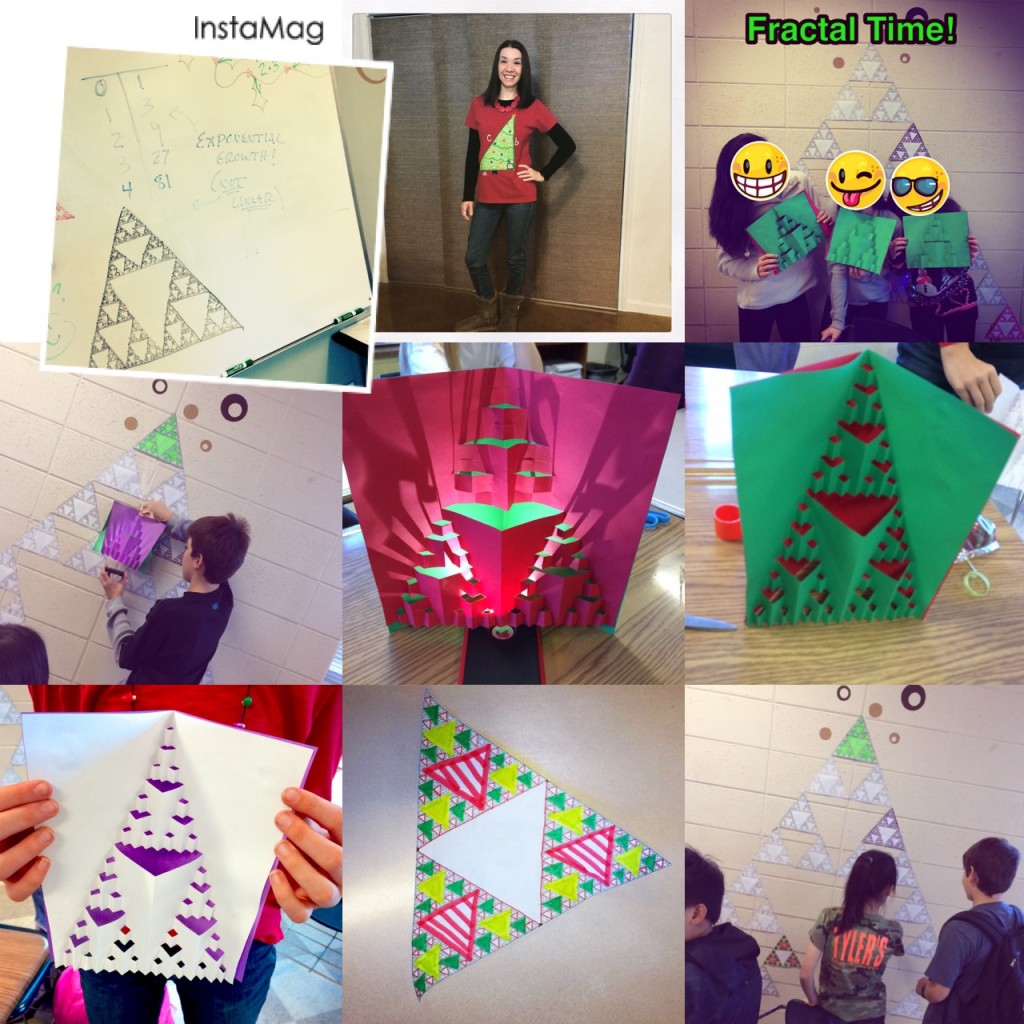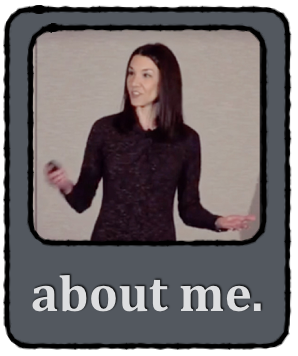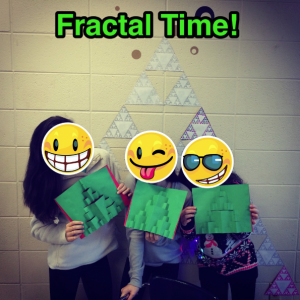 The last class or two before Christmas break is a precious time. Students have finished all of their dreaded exams, and they come to class asking,
The last class or two before Christmas break is a precious time. Students have finished all of their dreaded exams, and they come to class asking,
“Are we going to *DO* anything today?!?”
My answer is usually along the lines of,
“I thought we’d do some math.”
GROAN!!!
As many geometry topics approach us in Math 8, and exponential growth is on the Algebra horizon, the topic of fractals is timely, novel, and welcomed by students, despite their desire to “not do anything”… 🙂
On Day 1, I present the concept of fractal through a “classic” Discovery Education 3-minute video featuring Clifford Pickover. (P.S. You should follow him on Twitter – he tweets the neatest, nerdiest stuff!) Here is another video to introduce the concept of fractals.
Next, I show this video, which features my trip to MOMATH (The Museum of Mathematics) in New York City, and my obsession with the digital fractal exhibit. Yes folks, there were young children in line behind me as I hogged the screen to capture these fun video clips for my students. Totally worth it.
To help students visualize the meaning of “self similarity”, I show about 30 seconds of this video. Trust me, that’s plenty, or everyone gets dizzy!
I think understanding how fractals are built happens best when students draw them by hand. I show this ambitious video before students make their very own Sierpinskis.
Finally, I distribute rulers and this template from the Fractal Foundation website. Students connect midpoints of “right-side-up” triangles, and we explore the growth pattern, deciding the number of new “right-side-up” triangles at each iteration does NOT model a linear pattern. Exponential it is!
As students begin to sketch their fractals, a sort of therapeutic hush falls on the room. Even though they’re starting to understand that, the more midpoints they connect, the more work they’re creating for themselves for the next iteration, they seem to enjoy it anyway. I begin commissioning students for their fractals so I can build a “tree” on my wall. 27 fractals will do!
Many students beg to take their 2D fractals home, and return the next day with some pretty impressive and intricate additions to our classroom wall-tree.
Day 2
Now that we understand the growth patterns and structures of creating a Sierpinski Triangle fractal, we move on to 3D pop-out cards, which double as a great gift for Grandma! Directions can be found on the Fractal Foundation website. This year, students asked me to create a video so they could practice over break, since the first 3D fractal often comes with a few whoops moments. The more fractal cards you make, the nicer they turn out!
Voila – we’ve created memories that will set the stage for similarity and exponential growth in 2016!

